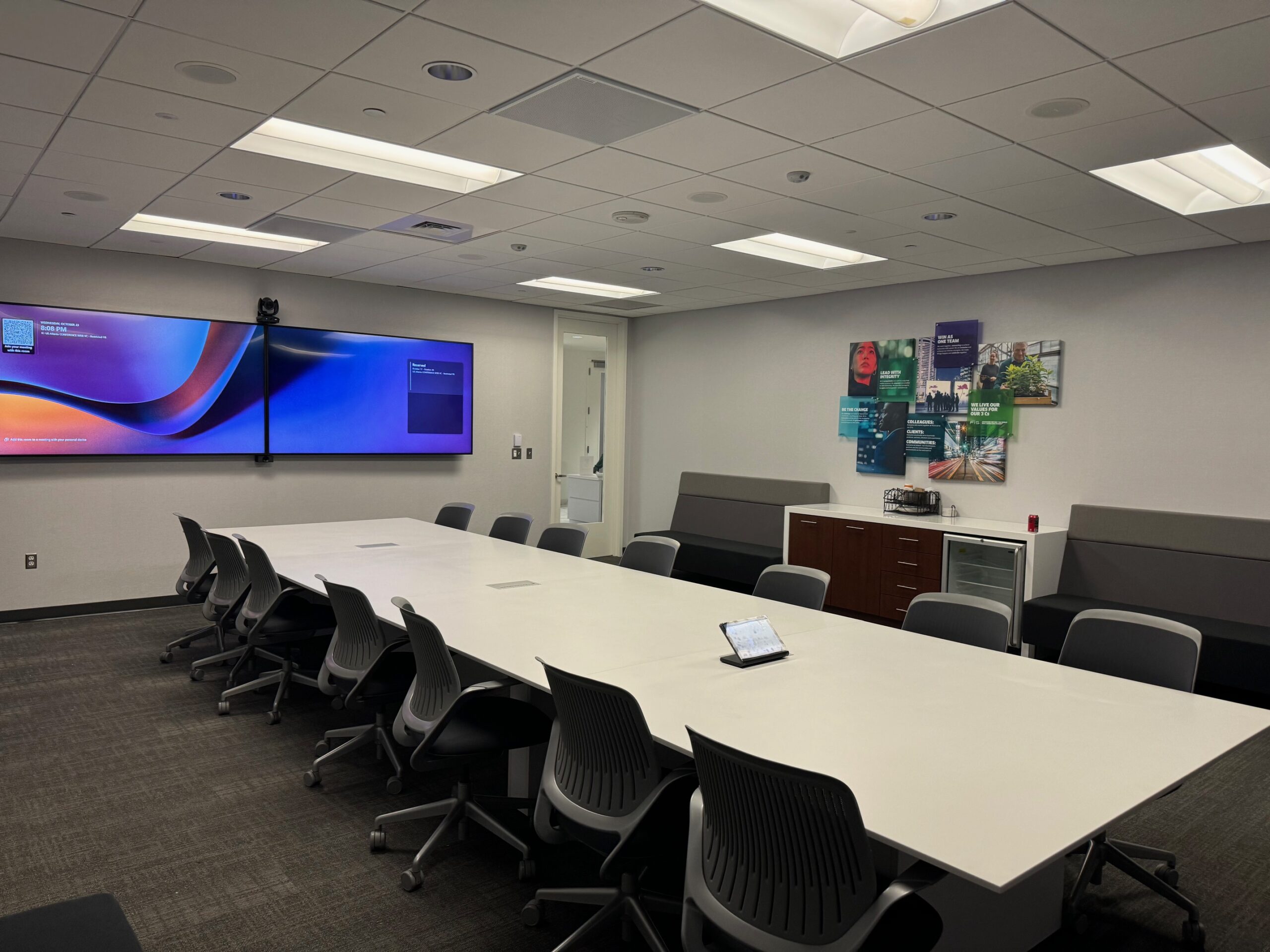Mastering Crestron Control Systems with an MPACT PROCESS
When it comes to creating efficient and seamless audio-visual environments, Crestron control systems are a game-changer. From conference rooms to digital signage setups, Crestron offers a powerful way to manage and automate AV equipment. If you’re new to Crestron, this guide will walk you through the basics and help you get started. What is a Crestron Control System? Crestron systems are designed to integrate and control multiple AV devices from a single interface. Whether it’s managing video walls, controlling lighting, or automating presentations, Crestron brings everything together into one cohesive system. Think of it as the brain behind your AV setup. Components of a Crestron System To understand how Crestron works, it’s essential to know its key components: Control Processor: The central hub that communicates with all connected devices. Touch Panels: User-friendly interfaces for controlling the system. Modules and Sensors: Devices that enable automation, like motion sensors or lighting modules. Software: Tools like Crestron Toolbox and SIMPL for programming and customization. Step-by-Step Guide to Setting Up a Crestron System Assess Your Needs: Determine what devices and systems you want to control (e.g., projectors, lighting, speakers). Identify the environment (e.g., conference room, lobby). Install the Hardware: Place the control processor in a central location. Connect all AV devices to the processor using the appropriate cables or wireless connections. Configure the Software: Use Crestron Toolbox to connect the system to your network. Program device settings and automation features using SIMPL software. Test the System: Verify that all devices respond to commands. Troubleshoot any connectivity issues. Train Users: Provide a quick walkthrough of the touch panel interface. Highlight key features like presets for meetings or presentations. Common Challenges and How to Overcome Them Connectivity Issues: Ensure all devices are on the same network and properly configured. System Overload: Avoid connecting too many devices to a single processor; upgrade if necessary. User Confusion: Simplify the interface and provide clear instructions for end users. Why Choose Crestron for AV Integration? Crestron systems are known for their reliability, scalability, and advanced features. They’re ideal for businesses looking to streamline operations and create a professional AV experience. Whether you’re managing a single conference room or an entire office building, Crestron systems can be tailored to your needs. Final Thoughts Starting with Crestron control systems may seem daunting, but with the right approach, you can create an AV setup that’s both efficient and easy to use. By following this guide, you’ll be well on your way to mastering Crestron and transforming your space into a tech-savvy environment.
Mastering Crestron Control Systems with an MPACT PROCESS Read Post »


